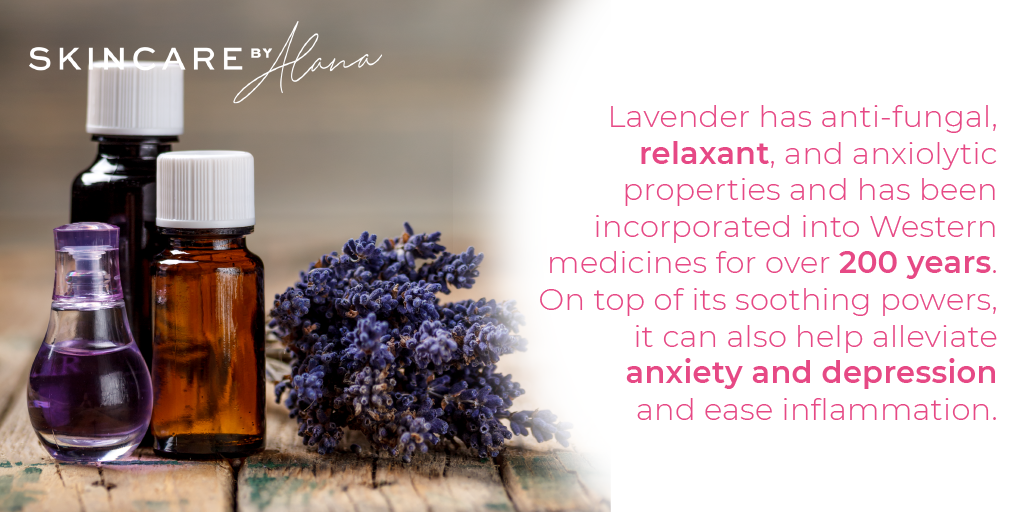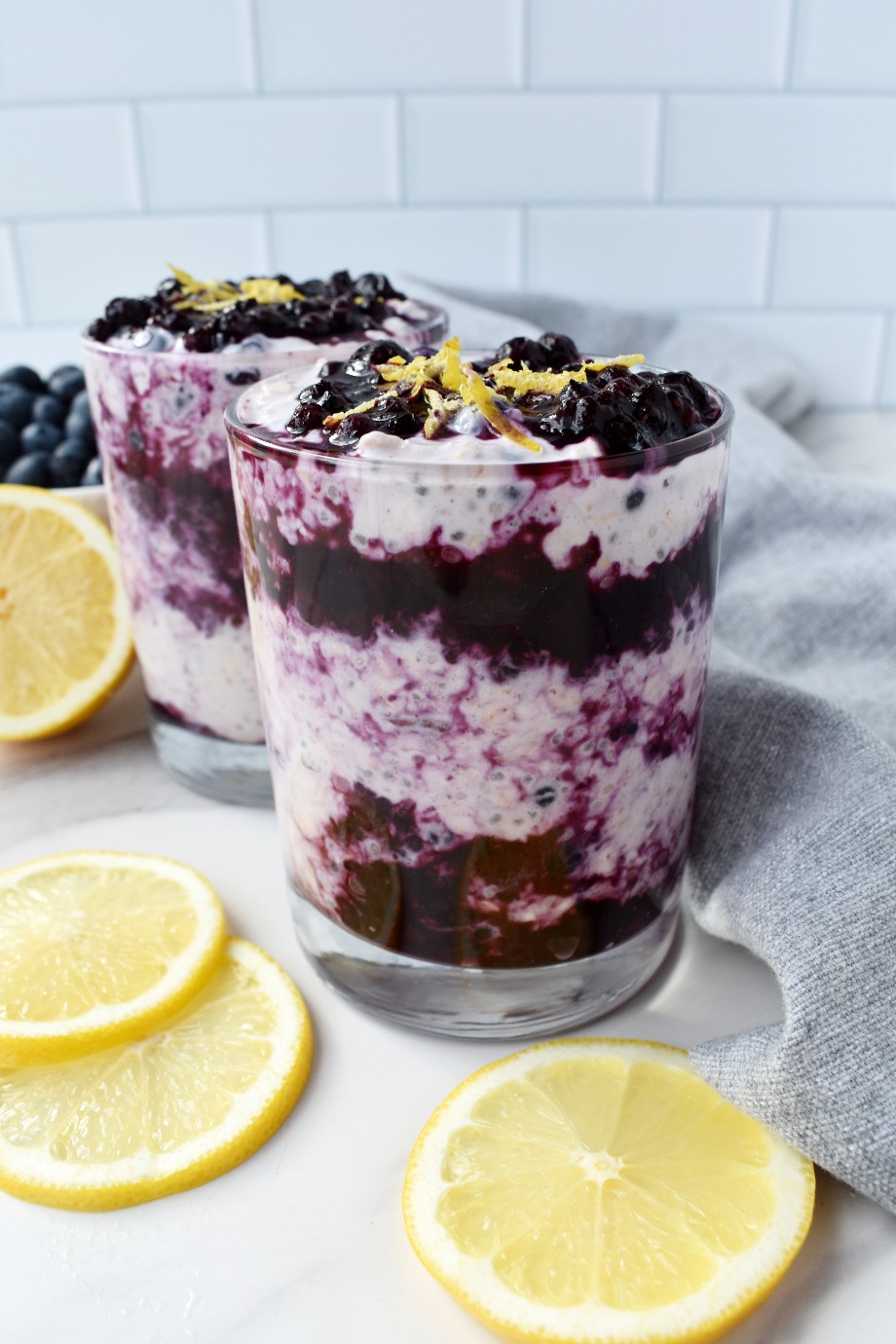
[ad_1]

Yogis, herbalists, and naturalists are well aware of the practice of smudging.
For those unfamiliar with the practice, smudging is a sacred Native American ritual practiced by multiple different tribes with slightly different expressions.
The purpose and practice may vary from tribe to tribe, but the most mainstream form of smudging known today is practiced to restore balance and rid the body, energies, aura, and spaces of negative influences.
This is done by burning indigenous herbs and allowing the smoke to waft over and “bathe” the body, taking with it any negative spirits of energies.

After experiencing an essential-oil renaissance (we’re talkin’ annual essential-oils sales growth of 7.5% for the next 7 years), it’s no surprise that herbal smudging is making its way to the skincare world.
Smudging is largely a spiritual practice, but we now know that it may help to alleviate symptoms of other ailments on the body and skin.
Herbs like sage have tons of anti-inflammatory and anti-bacterial properties, plus they’re loaded with antioxidants; it has even been proven to help improve cognitive ability when used daily.
Whether you’ve heard of smudging before or not, it’s important to understand the origins of smudging as well as herbs’ healing properties on the spirit and body before you grab a sage stick.
Origins of Smudging
Smudging has been practiced around the world by indigenous peoples as a ritual or prayer ceremony and is believed to have physical and spiritual healing effects on the body.
Herbs can be collected and wrapped together in what are called “smudge sticks” or loosely placed in a bowl or shell over hot coals.
Once lit, the herbs’ smoke is then wafted using a bird feather to envelope your body, item, or space in a smoke bath.
The herbs most commonly used in smudging include white sage, sweetgrass, and cedar but regionally, tobacco, and palo santo.
Today, smudging has become mainstream through adoption by yoga studios, wellness centers, and skincare brands across the world as wellness practice to clear negative energy.
Choosing to smudge the right herbs that align with your cultural heritage and intended benefits will not only give you a more positive experience, it ensures that you’re doing so sustainably and in a way that honors the people who started the practice.
In order to select the right herbs, you should first understand the origins of the practice and the benefits of each herb.
Traditional Smudging Herbs and their Benefits
White Sage
White sage, also known as sacred sage, is native to the southwestern United States and northwestern Mexico.
It has been smudged by Native North American tribes as a way to purify and drive out negative energy.
Most forms of sage have antimicrobial properties that can keep bacteria and fungi at bay.
It can also be used to help ease feelings of stress, depression and anxiousness).
Today, white sage is the most commonly burned ceremonial herb.
In fact, the demand of dried, burnable white sage has skyrocketed so much that it can be hard to source.
If you are interested in using sage, try to ensure that it was harvested sustainably by an indigenous source.
Cedar
Cedar is another North American derived herb used in smudging to cleanse a home when first moving in and to invite unwanted spirits to leave.
Cedar is also used by Native American tribes in sweat lodge ceremonies to ward off sickness, or to carry prayers up to heaven.
It brings benefits to the skin as well through its microbial and anti-inflammatory properties and helps to prevent acne breakouts).
Tobacco
Tobacco is considered one of the most sacred Native American plants and is frequently used in smoking and smudging ceremonies.
Smudging tobacco wards off negative thoughts and feelings and promotes positive ones to connect you with the spiritual world.
However, today’s tobacco is extremely different and is often laced with pesticides and other harmful ingredients.
Unless it’s certified organic, it’s probably best to skip this herb for your smudging ceremony.
Palo Santo
Palo Santo, or holy wood, has also become more mainstream in the western smudging world.
Ecuadorian and Peruvian shamans burn Palo Santo sticks in bundles to cleanse their space and ward off spirits.
It also has strong antibacterial properties and can be used to repel mosquitoes.
In South American traditions, Palo Santo should be gifted, not purchased.
However, with worldwide demand on the rise, it is now considered endangered due to rapid over-harvesting.

Ethical Herb Alternatives
Spirituality is becoming more and more boundless and flexible in the Western world.
Experimenting and curating a “ritual” that feels right for you as an individual is great, but you should not adopt a new practice without first understanding and respecting its roots.
Herbs have been used for thousands of years as a natural way to heal the body and mind all across the world.
If you do not share heritage with the tribes who practice smudging with North American herbs, there are plenty of other alternatives that bring their own health benefits.
Not only that, many are more sustainably harvested and easier on the planet.
These herbs can be used in your own hybrid smudge ceremony or to heal the skin through facial steaming.
Lavender
Lavender has anti-fungal, relaxant, and anxiolytic properties and has been incorporated into Western medicines for over 200 years.
On top of its soothing powers, it can also help alleviate anxiety and depression) and ease inflammation.
Juniper
Juniper is a lemony-scented herb that is said to restore energy to the body when feeling depleted.
It can help to detox the body of draining negative energy.
Juniper sticks can be dried and burned, but it is most commonly found as an essential oil.
It’s also antifungal, antibacterial, and reduces inflammation in skin cells!
Mugwort
Mugwort is a common weed that has been incorporated into foods and used to treat a long list of ailments from headaches, gas pains, and insomnia.
It has long been used in Pagan traditions and is known to stimulate dreams!
Rosemary
Most commonly used as an essential oil, rosemary is another great herbal alternative with proven health benefits.
When applied aromatically or as an oil, rosemary can alleviate pain, reduce stress and anxiety, and give you energy.

How to Burn Herbs for Smudging
There are multiple tools and techniques for bundling and burning herbs; your smudging experience’s intended benefits can make all the difference in how they are applied.
If you want to try smudging for its spiritual powers, burning is the best route.
Using a smoke “wand” allows you to first light the dried herbs, blow it out, and hold the end of the wand to direct the smoke over the body or space.
You can also place dried loose herbs over charcoal and let it burn in a cast iron pan or shell.
The smoke will waft out on its own and you can redirect it by fanning it, usually with a feather.
Facial smudging can be tricky because you don’t want the eyes to burn from smoke or breathe in too much at a time.
Instead, smudging is best for full-body healing rather than concentrating it on the face.
When you smudge, it’s important to focus on your intentions and become “heart-centered” through the whole process.
Think about what you want to rid your body of and let it rise up with the burning of the herbs.
Herb-driven healing does not just have to be executed through smudging alone.
Other Ways to Apply
Facial steamers and topically applied essential oils can help protect and rejuvenate the skin while providing powerful aromatherapy to heal your mind and body.
Extracts from traditional smudging herbs can be used with more modern applications to achieve similar results.
For example, Niawen Skincare is a Native American owned skincare brand that uses the spiritual healing powers of sweetgrass and chaga in combination with modern skincare science.
“
Niawen’s sweetgrass line includes soaps, scrubs, and body oils and is smudged prior to shipping.
Though Niawen doesn’t specify how to apply each product, the same mindset that is applied when smudging should be applied when using these products as a smoke-free smudge alternation; open your heart and focus on the energies you want to release.
Breathe deeply and allow them to escape from the body.
“As every Niawen Skincare product is smudged prior to shipping, “you’re not just getting proven beauty formulas, you’re getting a connection to Native American traditions along with our spiritual healing benefits.”
Many herbs can also be used to create a relaxing, healing steam facial.
Warm steam on the face helps to open pores and detox impurities, oil, and dirt from the skin.
It can also be extremely therapeutic and stress ridding, especially when paired with healing herbs.
Adding herbs directly into hot water releases their natural aromatic oils that are absorbed into the skin.
In combination with the spiritual benefits mentioned above, these herbs also do wonders for the skin through facial steaming!
- Rosemary helps to maintain the skin’s elasticity and remove blackheads.
- Juniper helps to balance oils for oily skin types. It also has a healing effect on acne and inflamed skin.
- Lavender is antiseptic and astringent, making it another excellent choice for oily skin. Plus it’s incredibly soothing and can help you to wind down after a long day.
- Sage stimulates blood circulation, tightens pores, and maintains the skin’s elasticity.
These herbs can also be used together to create a deeply therapeutic and healing concoction for your skin and spirit.
It’s also easy to DIY at home!
Here are simple instructions on how you can DIY your own herbal facial steam:
- 1. Boil a pot of water. Use around 6 cups of water.
- 2. Place a large towel on a table and put a heat resistant bowl on top of it.
- 3. Put a handful of your herb mixture into the bowl.
- 4. Carefully pour the hot water into the bowl and stir. Let the water cool for about 3 minutes.
- 5. Sit with your face over the steaming bowl of water, about 12-18 inches away.
- 6. Cover your head and the bowl with another lager towel. Pull the towel on the table over the bowl and your head as well creating a tent.
- 7. Close your eyes, inhale and exhale slowly, and hang out and relax for 10 minutes. Take breaks if needed.
If you’re looking for aromatherapy, burning incense is another excellent method.
Incense has roots dating back as far as ancient Egypt where it was used in spiritual ceremonies.
Today, it is a great, lighter alternative to smudging as it can fill your space with aromatic healing herbal smoke.
Just make sure to look out for incense with chemical fragrances in them and instead opt for natural incense.
Sage Advice
Keep in mind your intentions for smoke bathing and smudging.
If you’re more interested in aromatherapy and its benefits on the skin, facial steaming, and essential oils are a great way to use herbs while still practicing mindfulness.
Smoke ceremonies are significant to indigenous peoples and have been cherished for centuries.
Everyone should have the choice to practice smoke cleansing for their mind, body, and spirit but in choosing to do so, it’s extremely important to understand and respect its origins.
If your cultural heritage doesn’t connect with Native American herbs and traditions, you can still practice smudging in a way that honors their traditions while connecting you to your own body and heritage.
[ad_2]






